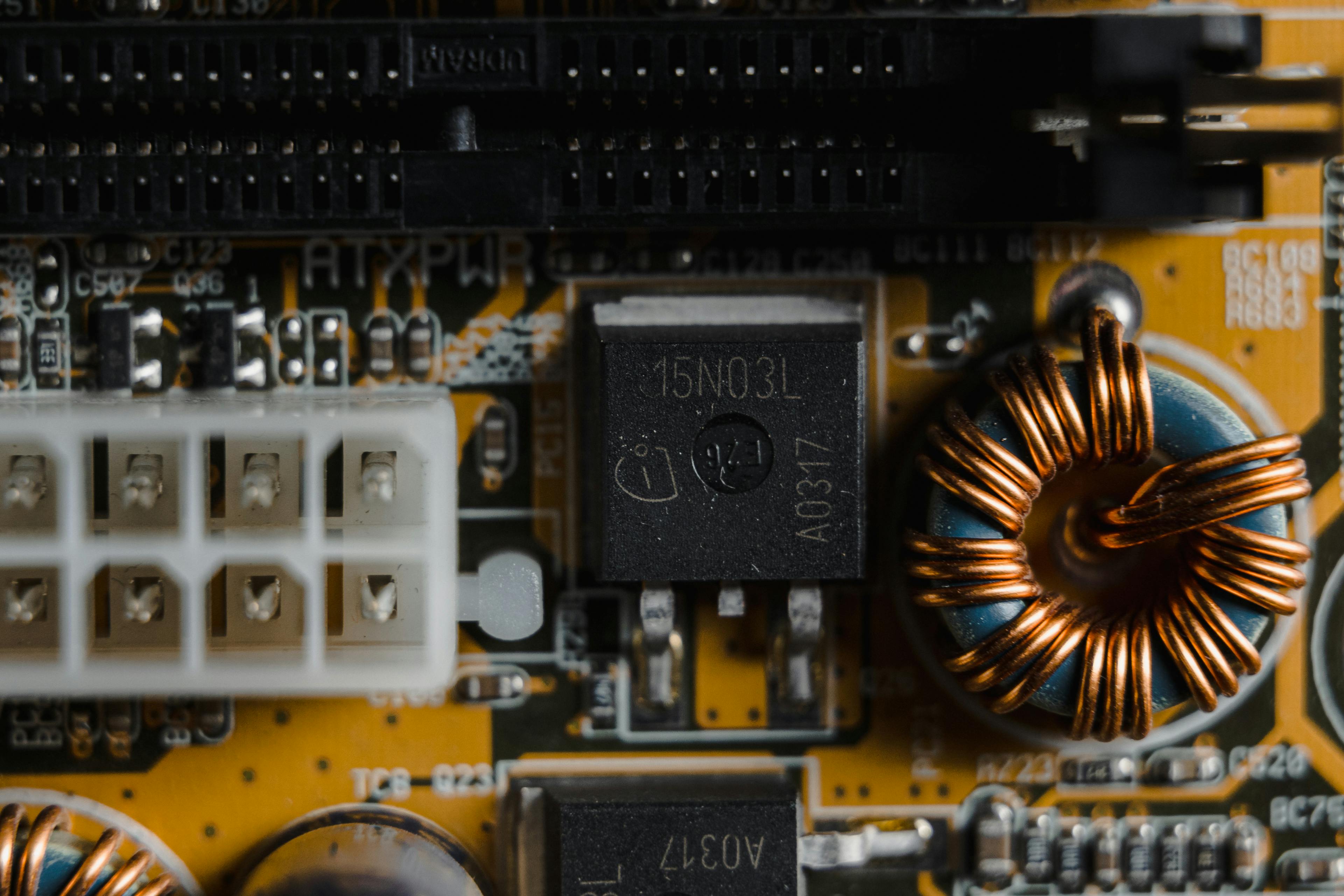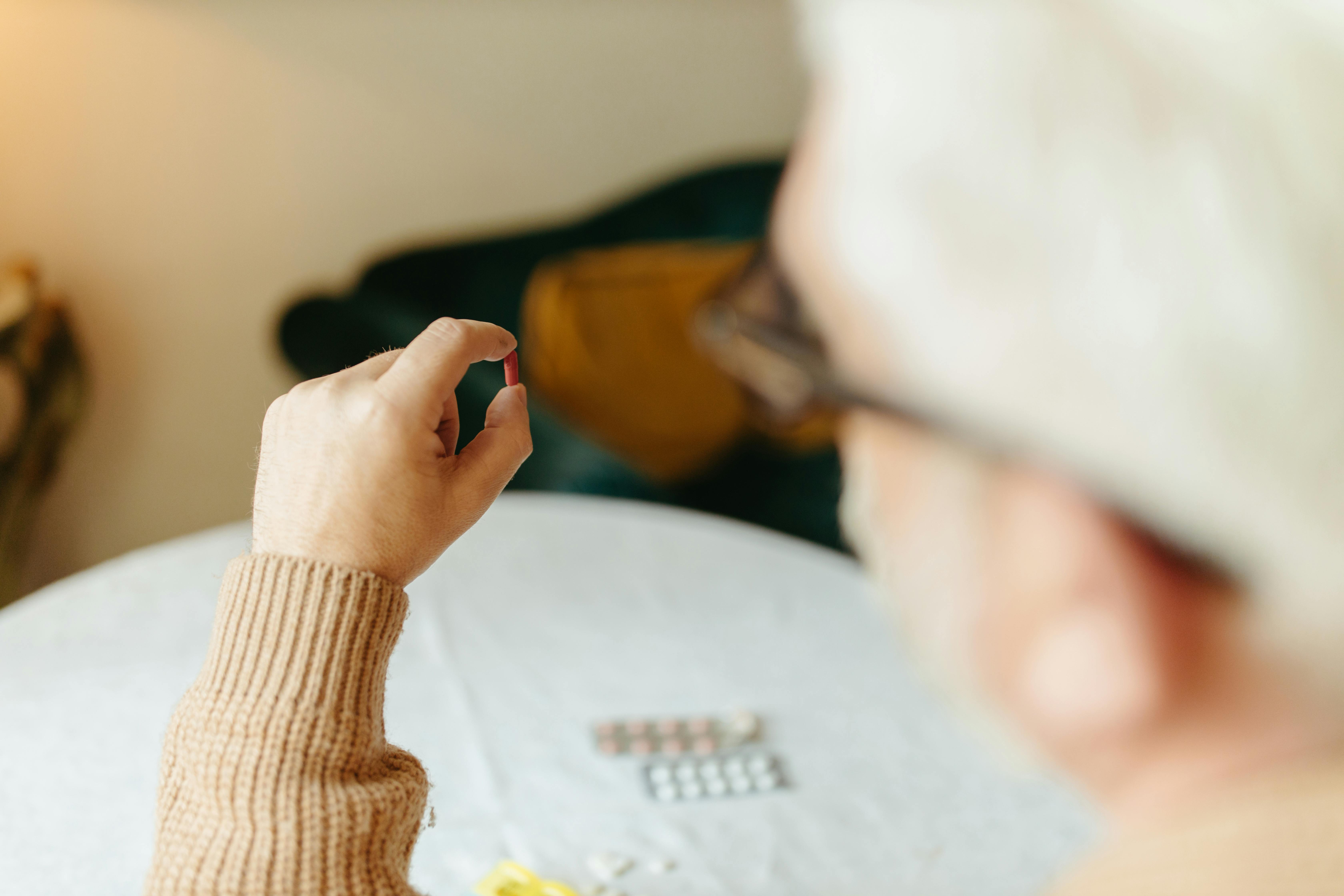Apply Now
Essential Guide to Smoking Salmon at 225°F for Perfect Flavor
Smoking salmon is not just a cooking technique; it's an art form. The tantalizing aroma that fills the air as you smoke salmon is something food lovers cherish. When done correctly, the result is a moist, flavorful dish that can elevate numerous meals. In this guide, we will delve into the nuances of smoking salmon, particularly focusing on achieving perfect flavor at 225°F.
At 225°F, salmon is cooked slow and low, which helps in maintaining its delicate texture. We'll cover the optimal smoking time, types of wood that impart unique flavors, brining methods, seasoning tips, and troubleshooting solutions. By the end of this article, you'll have a comprehensive understanding of how to create flavorful smoked salmon that you and your guests will love.
Key takeaways from this guide include:
1. Understanding the ideal smoking times and temperatures.
2. Recognizing the best types of wood for flavor enhancement.
3. Learning effective brining and seasoning techniques.
Let’s embark on this culinary journey!
Understanding the Best Smoking Times and Temperatures
Once you decide to smoke salmon, it's essential to understand the right smoking times and temperatures. Smoking salmon at 225°F strikes a balance between achieving the desired doneness while keeping the fish juicy.
Cooking Times for Smoking Salmon
When smoking salmon at 225°F, the general guideline is to allow about 1 hour per pound of fish. This timing, however, can be affected by the thickness of the salmon fillet. A thicker piece may require a slightly longer smoking time, whereas thinner cuts can finish up quicker. It's crucial to keep an eye on both texture and color, checking periodically to ensure that the salmon does not dry out.
Temperature Control in Smoking
Maintaining a consistent temperature is vital for achieving the best flavor and texture in your smoked salmon. Use a reliable smoker equipped with a thermometer to ensure that the temperature remains steady. Fluctuations can lead to uneven cooking, compromising the finished product's quality.
Recommended Internal Temperature for Salmon
The USDA recommends an internal temperature of 145°F for safely cooked salmon. However, many chefs prefer to pull the salmon off the heat when it reaches about 135°F to allow for carryover cooking. This method results in a tender and juicy piece of fish. To ensure that your salmon is done perfectly, using a meat thermometer can be a game changer.
Brining Salmon for Smoking: Techniques and Benefits
Brining salmon enhances its flavor and moisture retention during the smoking process. It is a crucial step that shouldn't be overlooked.
Effective Brining Solutions
A basic brine consists of water, salt, and sugar. You can customize it with herbs and spices to suit your taste. For instance, adding garlic, dill, or citrus can introduce additional layers of flavor. The brining process typically takes about 4-12 hours, depending on the thickness of the fillet.
How to Brine Salmon Overnight
If you plan to smoke salmon the next day, brining overnight can yield fantastic results. Combine 4 cups of water with ½ cup of salt and ½ cup of sugar. Immerse the salmon fillet in this mixture, ensuring it is fully submerged. Cover it and refrigerate overnight. Before smoking, rinse the salmon under cold water to remove excess brine.
Common Mistakes to Avoid When Brining
One common pitfall is letting the salmon sit in brine for too long, which can lead to over-salting and a mushy texture. Always refer to your brining recipe's recommended times to ensure the best results.
Choosing the Right Wood for Smoking Salmon
The choice of wood can significantly influence the flavor profile of your smoked salmon.
Best Woods for Smoking Salmon
Popular options include alder, apple, and cherry woods. Alder provides a mild flavor that complements salmon beautifully. Apple and cherry wood can create a slightly sweet undertone, adding complexity to the dish. Experimenting with different types of wood allows for personalized flavor profiles.
Using Fruit Woods for a Unique Taste
Fruits woods like peach or pear can also be suitable for smoking salmon. They impart a subtle sweetness that pairs well with the rich flavor of the fish. For those seeking innovation in taste, combining various wood chips can produce unique and exciting results.
Avoiding Bitter Flavors
Steer clear of resinous woods, such as pine or cedar, as they can create a bitter flavor that overshadows the delicate taste of salmon. Instead, opt for mild, fruity woods that enhance rather than overpower.
Seasoning and Flavoring Tips for Smoked Salmon
Seasoning is the key to capturing the essence of smoked salmon.
Essential Seasoning Techniques
Consider dry rubs or marinades that complement the fish without overshadowing its natural flavors. Using herbs like dill, parsley, or even coriander can elevate your salmon's taste. A splash of citrus or a drizzle of honey can also create a flavorful contrast.
Integrating Spices in the Brining Process
Incorporating spices such as black pepper, smoked paprika, or even crushed red pepper in your brine can enhance the overall flavor experience. A mix of aromatic spices can create a multi-dimensional taste that excites the palate.
Flavor Pairing with Smoked Salmon
Once smoked, the possibilities for flavor pairing are endless. Consider serving your salmon with a zesty lemon dill sauce or a balsamic glaze for a palate-pleasing experience. Utilizing seasonal ingredients for sides, like roasted asparagus or a fresh garden salad, makes for a well-rounded meal.
Smoking Salmon Safely: Best Practices
Safety should always be a priority when smoking salmon.
Maintaining Smoker Temperature
Ensure that your smoker is correctly set up to maintain a steady temperature, avoiding any risk of undercooking. If smoking for an extended period, check the temperature frequently to ensure consistent conditions.
Understanding the Importance of Rest Time
After smoking, allowing the salmon to rest for a few minutes is essential. This period allows the juices to redistribute, ensuring a tender, flavorful piece of fish.
How to Tell if Salmon is Done Smoking
Use the ‘flake test’ to check for doneness. Insert a fork into the flesh and twist gently. If the meat flakes easily, it’s likely ready to be removed from the smoker.


Conclusion: Creating Perfectly Smoked Salmon at 225°F
In conclusion, smoking salmon at 225°F can yield incredible results with optimal flavor and texture when done correctly. By considering essential factors such as brining, choosing the right wood, and adhering to safety practices, you can master this culinary technique. Take your time with the process and don’t hesitate to experiment with flavors—your palate will thank you! Enjoy the delightful taste of home-smoked salmon prepared with care and creativity.


